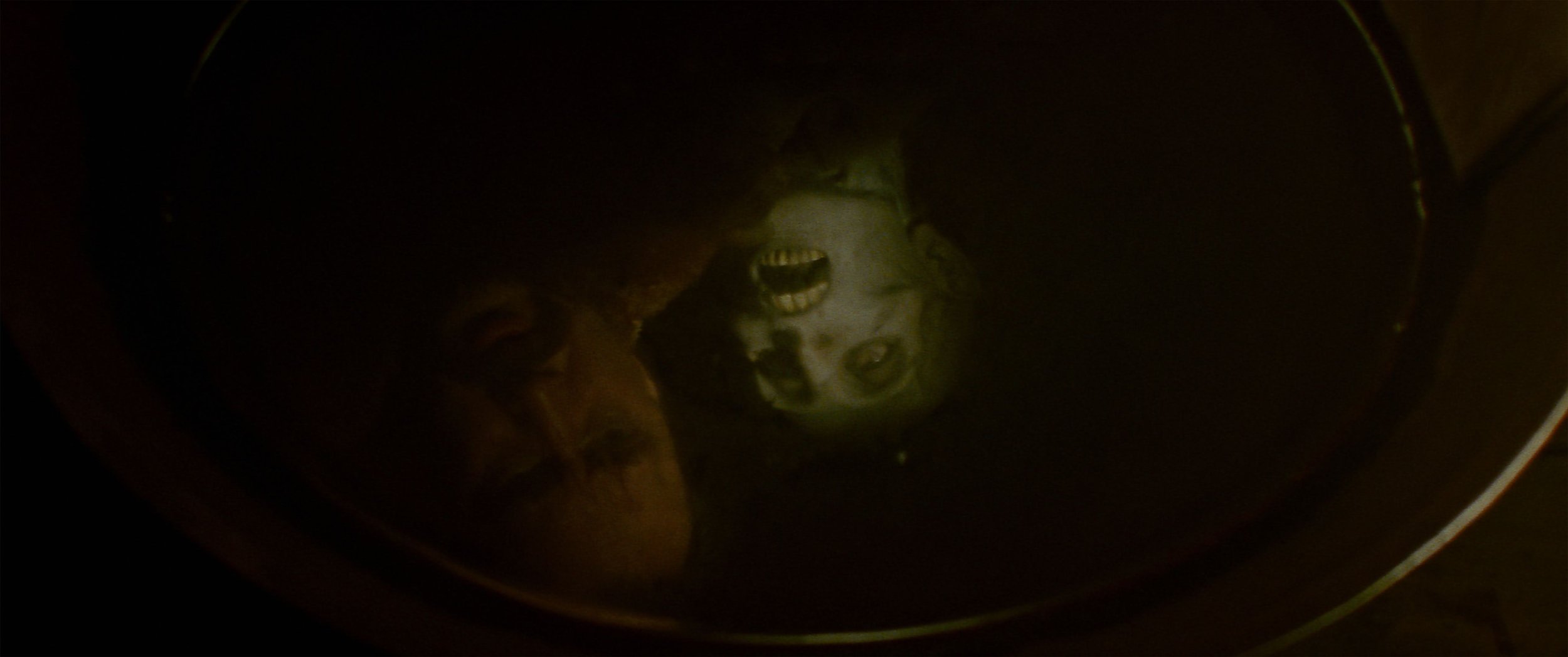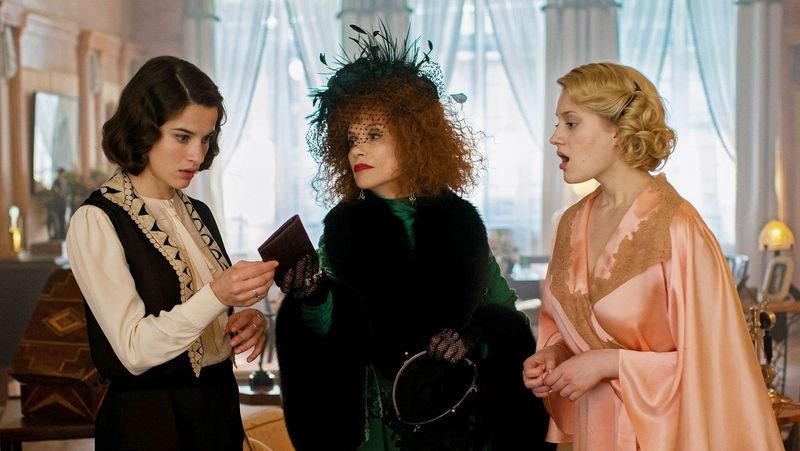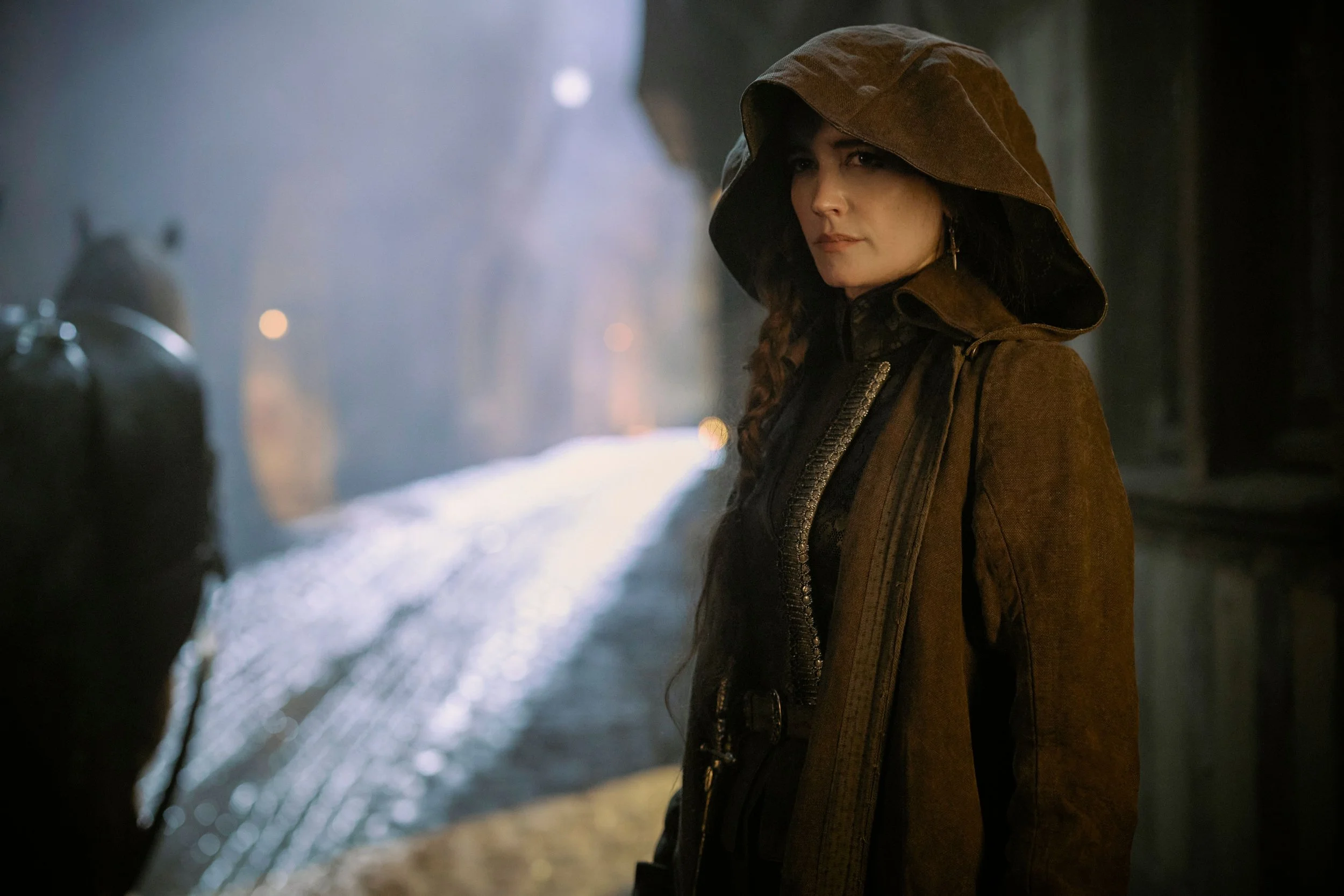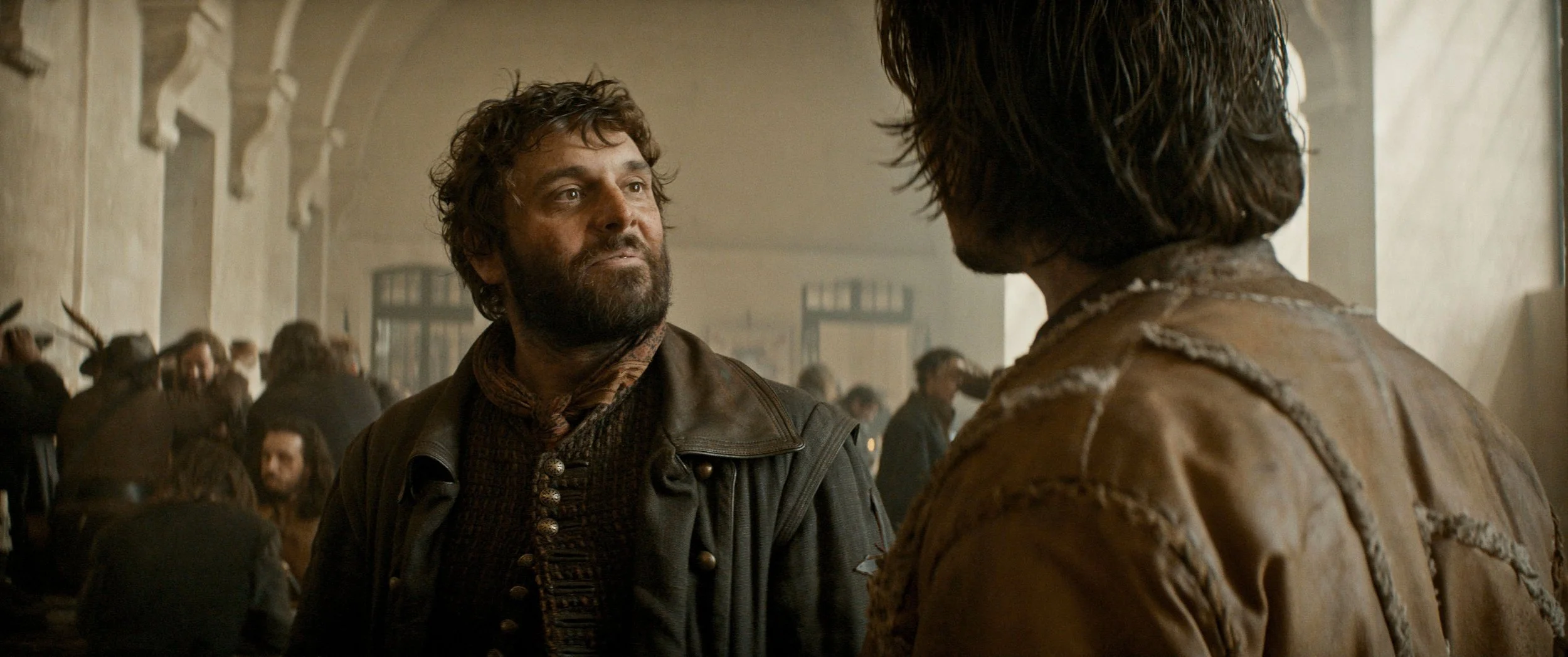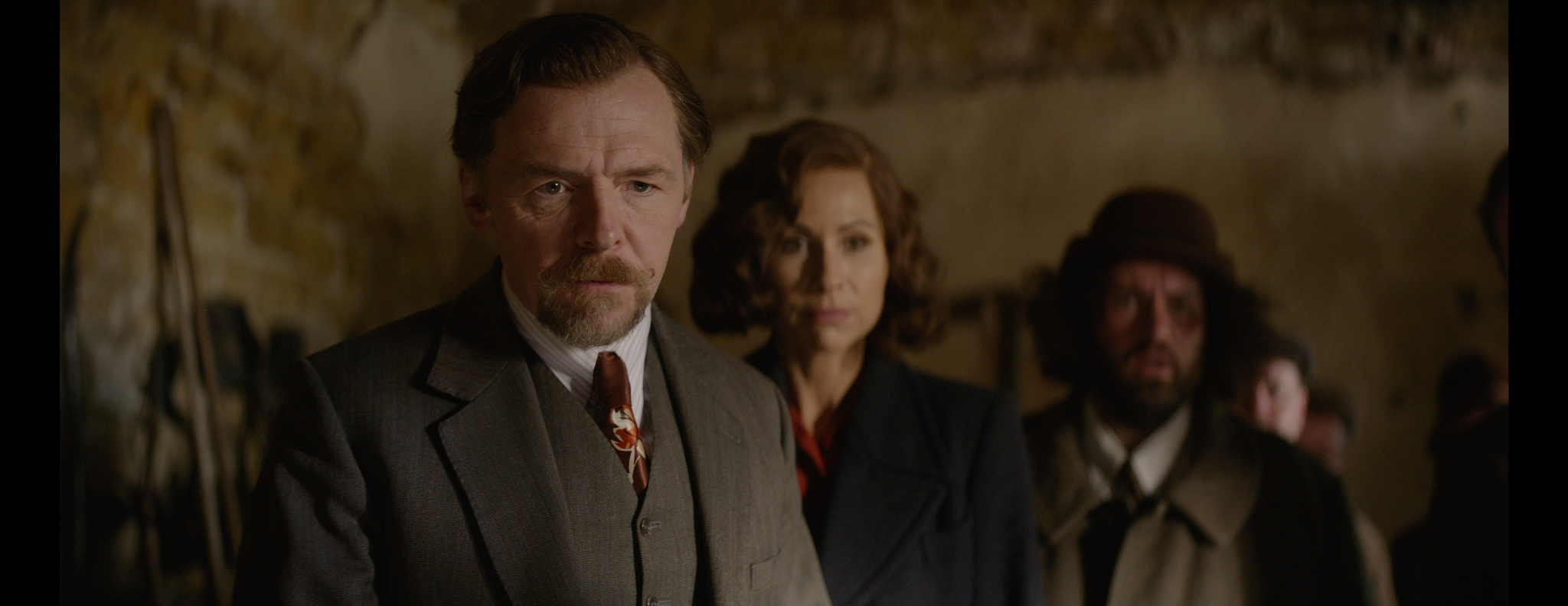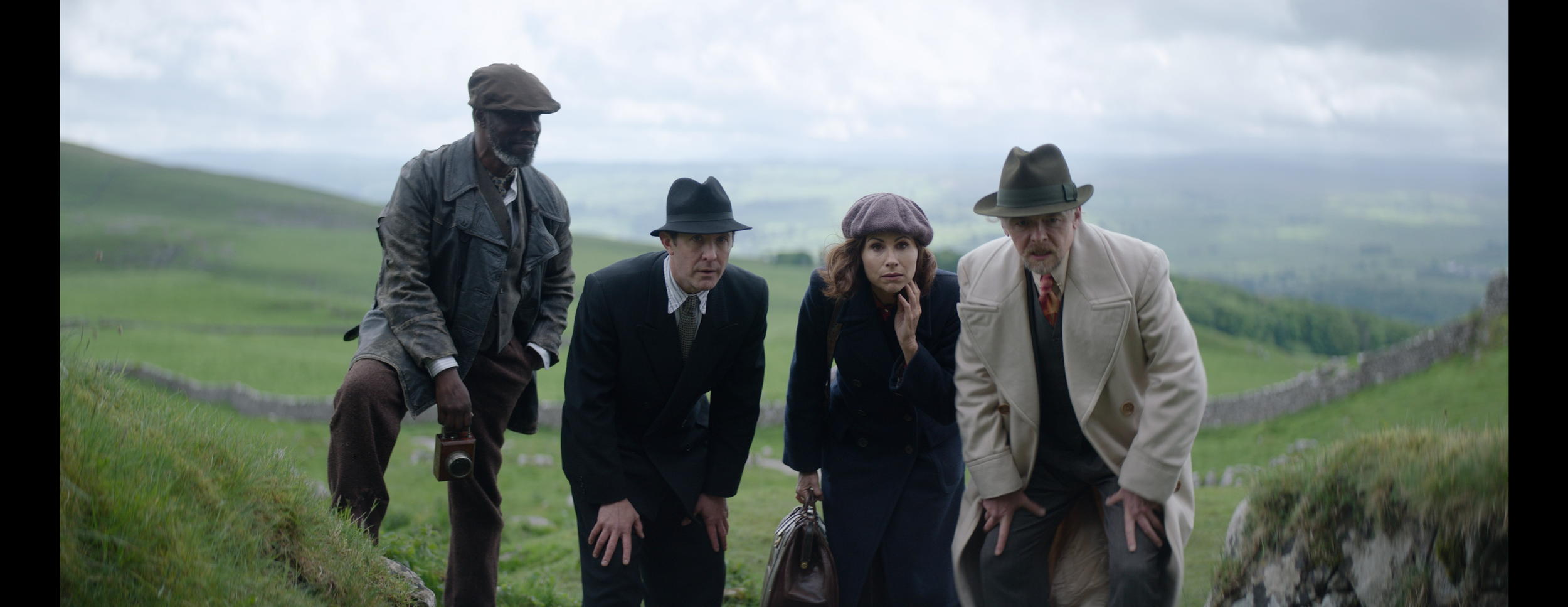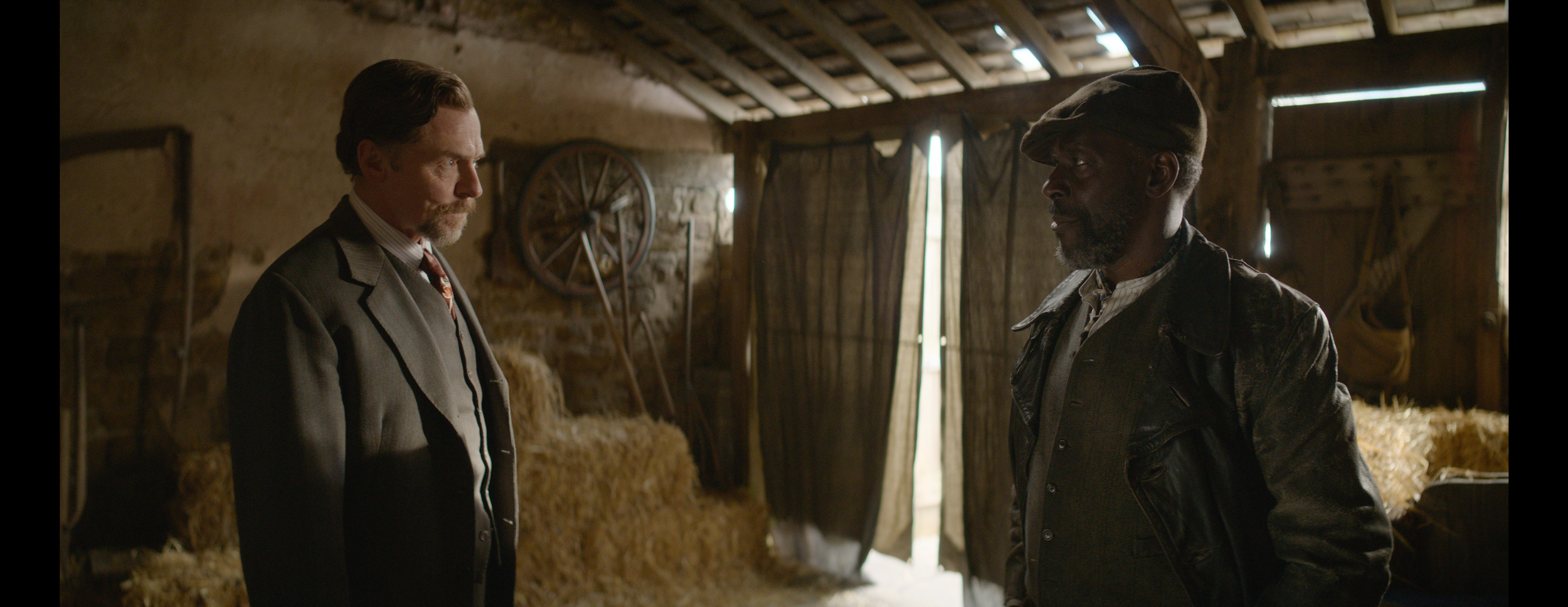The Vourdalak: An Interesting Gothic Tale of Old
Oscilloscope Laboratories
The Vourdalak, written and directed by Adrian Beau, is a curious new vision of the classic novella by Alexsy Tolstoy.
The film takes place in a mysterious countryside of Serbia in 1884, filled with lore and superstition.
When an unassuming envoy to the French King, Marquis Jacque Antoine Saturnin d’Urfe (Kacey Mottet Klien), gets attacked by wayside bandits, he is unaware of the oddities and danger he will be forced to face trying to survive.
Life or death?
While wandering the forest at night, Urfe stumbles upon a small abode. He asks the owner (Erwan Ribard) for a horse to continue his journey. The owner tells him he doesn’t have a horse, so he sends him to the house of Gorcha (Adrien Beau), just down the path.
As he approaches, he sees the beautiful Sdenka (Ariane Labed), singing and doing a strange dance amongst the trees. She runs away when she sees Urfe, so he pursues her into the forest. He stumbles into her brother Piotr (Vassili Schneider) instead, and after explaining his predicament, Piotr takes him to their house.
When they arrive, Urfe meets their strange family. Eldest son Jegor (Gregoire Colin), his wife Anja (Claire Duburcq) and their son Vlad (Gabriel Pavie). They all react quietly anxious towards their guest when he asks to speak to Gorcha.
When Jegor goes to speak with Gorcha about the guest, he finds him missing. Piotr tells Jegor that Gorcha left, taking his gun with him, to go and fight the Turks. Jegor is surprised that he “let him go” in his condition and at his age.
When Jegor asks when he will return, Sdenka informs him that Gorcha told them that if he did not return within six days by six o’clock, they should refuse him entrance as he would then be a vourdalak (vampire). That evening happens to be the sixth day and he has not yet returned.
Piotr cautions that they should consider him dead for all intents and purposes, but Jegor calls him silly and refuses to give up.
Um, is it just me?
Oscilloscope Laboratories
When the family joins at the dinner table that evening, Anja spots Gorcha laying at the edge of the forest. Jegor goes to him, picks him up and sets him down at the dinner table.
What they see is a decrepit, emaciated skeleton of the man Gorcha used to be. Though everyone notices how odd he looks, no one says anything, leading to an almost comical scene of banter between Gorcha and the family.
As explained in the story, a vourdalak attaches itself to the ones he cares for, feeding upon them and turning them into vourdalaks as well.
Gorcha amuses his grandson, Vlad (which I cannot figure out why by the look of Gorcha), he becomes the first that Gorcha hones in on. The entire family is now at risk when they take him back in to the house.
Piotr and Sdenka begin to take things in their own hands since Jegor is in complete denial. They enlist help from Urfe to bring down the creature and try to save Vlad and the rest of the family.
Will they be able to kill Gorcha, or, will they themselves fall victim to the monster that Gorcha has become?
in all honesty…
The Vourdalak is a beautifully shot and atmospherically laden film that summons the “ick” factor from scary films of old.
The mood, tone and color of the film is gorgeous, though most of the actors still looked too modern to be believed. Klein’s performance as the bumbling Urfe was on point as a privileged man of court, especially his expectations of women he wants and “peasants”.
Oscilloscope Laboratories
The vourdalak puppet Gorcha, who was wonderfully voiced and created by Beau, is highly imaginative, but seeing it in full light left a lack of suspension of disbelief. Though it does bring a sense of humor, I think the puppet would have been better left to the likes of theatrical plays and odd comedies.
It got to a point of folly when this weightless puppet was supposed to be believed to have thrown a grown man, which could clearly be seen as the fluffy, soft alternative to the real actor. I’m not aware if Beau meant for the comedic tones, but if he was going for the full on Gothic scares, it didn’t help.
I can’t praise enough the eclectic, atmospheric colors, tones and effects that cinematographer David Chillzalet and the visual effects crew brought to the story. It is hands down the best part of the film.
I loved the choices of adding the filters of old school filmmaking woven throughout, as they created an unsettling creepiness that encloses the audience in its clutches.
The set decorations, led by Thibault Pinto, created the exquisite glue that anchored all of that gorgeous camera work and lighting, into 17th century perfection. It gave the show its grit and a bone-chilling backdrop to keep audiences unsettled and enveloped in the 17th century.
Overall a stunning to look at film, with just enough creativity to offset the suspension of disbelief issues and the bits of absurdity from its main villain. It’s a pure delight for those who appreciate artistry behind the scenes.


